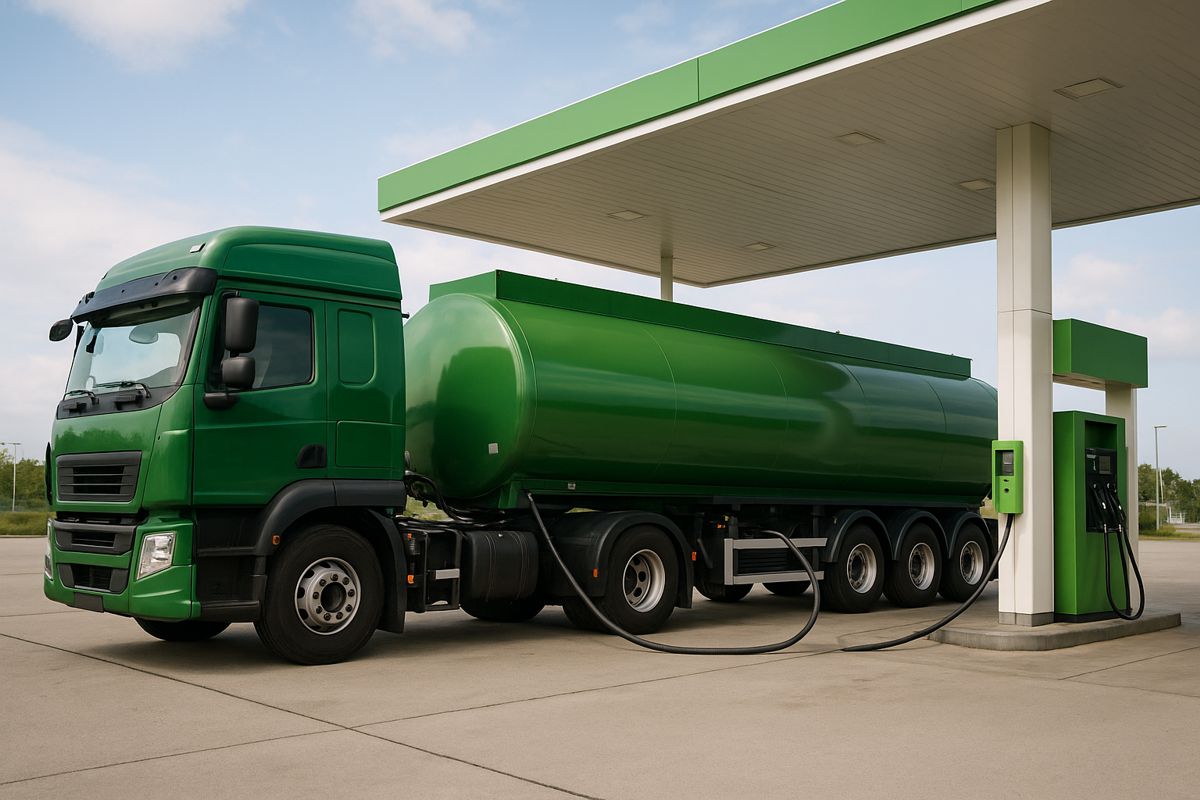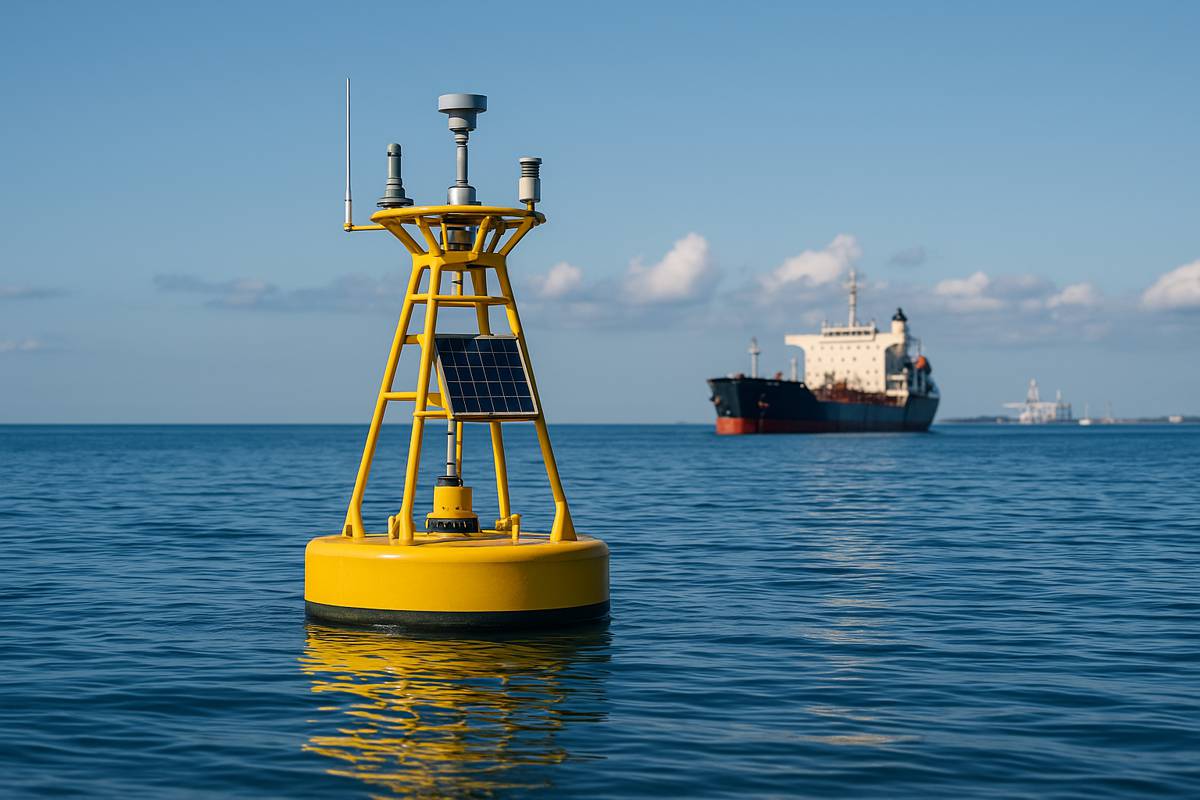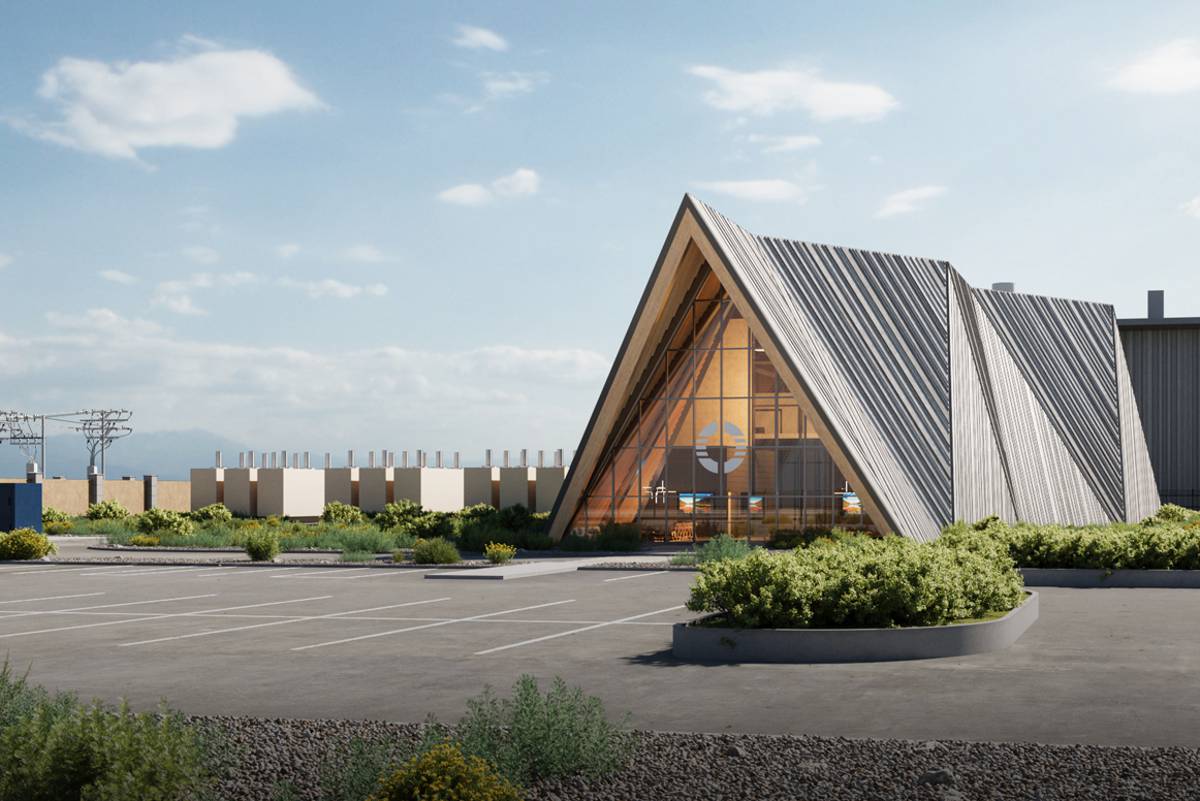Bio-Engineered Microbes the Key to Climate-Neutral Fuels
The race toward climate-neutral fuels feels more intense each year. Pressure builds from every direction. Governments demand cleaner industry. Consumers want greener options. Companies try to balance big goals with tight budgets.
The whole energy landscape shifts at a pace that feels wild at times. Inside this chaos sits one question. How do we make the next generation of fuels clean, scalable and realistic?
Microbes Take Center Stage
The spotlight now shines on tiny organisms with huge potential. Many research teams explore new fuel pathways. Their work draws interest from groups that follow synthetic biology trends and want to understand what tools can reshape energy systems. The idea seems simple. Find the right microbe. Tweak its inner wiring. Guide it to produce energy-rich molecules. The challenge sits in the details. Microbes behave in ways that surprise even seasoned scientists. They adapt fast. They react to stress. They shift their output in strange ways.
Still, this field grows because the reward could be massive. Bio-engineered microbes can produce fuels that burn cleaner. They can run on waste streams. They can scale without the same footprint as large chemical plants. Their flexibility alone makes them irresistible to innovators who want to push the limits of what fuel production can look like.
Turning Microbial Talent Into Real Fuel
The magic happens when scientists unlock metabolic pathways. They look at each step. They examine how microbes process sugars, sunlight or gases. They search for the moment where energy-rich compounds form. Then they adjust the process until the microbe does it with better speed or better output. Sometimes a small tweak changes everything. A shift in temperature changes yield. A new nutrient pushes growth. A genetic edit opens a door that was closed before.
These tiny wins add up. They push each strain toward higher performance. At scale, the impact gets big. The fuels that come from these microbes can fit into existing engines. They can blend into current transport systems. They avoid many barriers that slow down other clean-fuel technologies.

Scaling Up Without Losing Quality
Many projects begin in small flasks. The environment stays controlled. The microbe stays happy. The yield looks perfect. Then the headaches start when the process moves to larger tanks. Microbes get stressed in big spaces. They respond to uneven mixing. They stop producing at peak levels. This step scares new companies because they know scale decides survival.
Engineers now use smarter bioreactors to reduce these issues. Sensors track microbial behaviour in real time. Automated systems adjust nutrients. Temperature stays stable. Oxygen levels stay balanced. These tools help teams maintain quality while pushing production into larger systems. When microbes stay healthy, fuel production stays efficient.
The Push for Cleaner Inputs
A major win from this approach comes from the inputs. Many engineered microbes can feed on low-value materials. They can break down agricultural waste. They can handle carbon dioxide streams. They can grow on leftovers that normally go to landfill. This shift reduces cost and reduces environmental pressure.
It also opens the door for more circular systems. Waste becomes feedstock. Feedstock becomes fuel. Fuel produces fewer emissions. This cycle keeps improving as the tools in this field evolve. Research teams love this kind of loop because it feels elegant. It also feels practical enough for real-world use.

Industry Starts Paying Attention
Energy companies watch these breakthroughs with sharp focus. They want solutions that fit global demand. They want stable supply chains. They want predictable costs. Many see microbes as a path that answers these needs. They invest in pilot programs. They partner with academic labs. They test new strains. They examine every detail that affects performance.
Governments support this trend. Funding rises for bio-based energy research. Policies encourage cleaner production. Incentives make the risks easier to manage. This push helps new projects reach commercial stages faster.
Challenges Still Shape the Path Forward
The hype around microbial fuels feels strong. Yet the problems remain real. Some strains do not produce enough material. Some processes cost too much. Some fuels struggle to meet strict regulations. The timeline to solve each issue stays long. The work demands patience, deep skill and a willingness to test ideas over and over.
Even with these barriers, progress keeps building. New tools appear each year. Editing methods get sharper. Strain design improves. Data analysis gets faster. Researchers see clearer patterns. These shifts help teams understand what microbes need to perform at commercial levels.
A Future Fuelled by Biology
The journey toward climate-neutral fuels depends on bold ideas. Microbes offer a path that feels both futuristic and surprisingly practical.
They can help cut emissions. They can turn waste into value. They can reshape entire industries if the science keeps improving. Their impact extends beyond fuel tanks. They reflect a new mindset in energy. It is a mindset built on biology, creativity and relentless problem-solving.





















